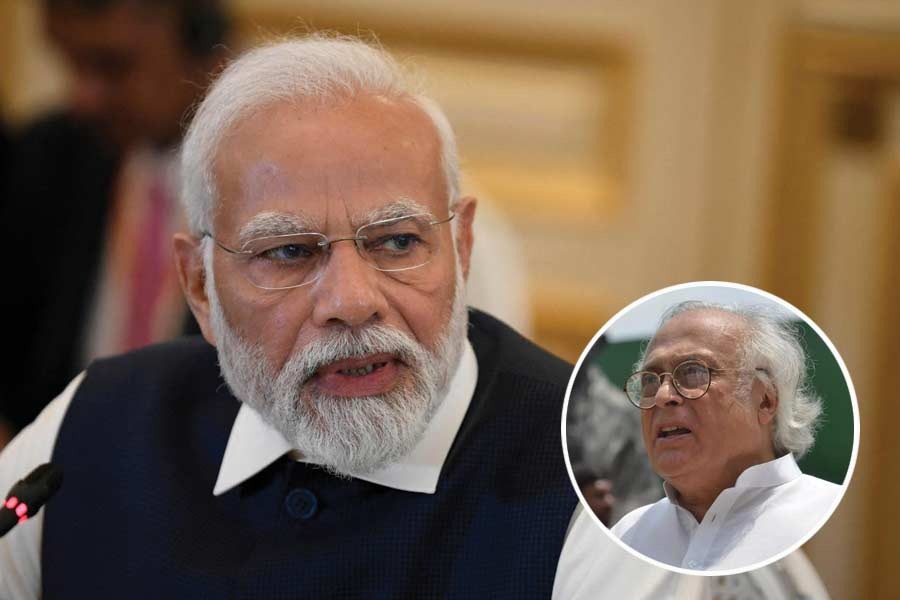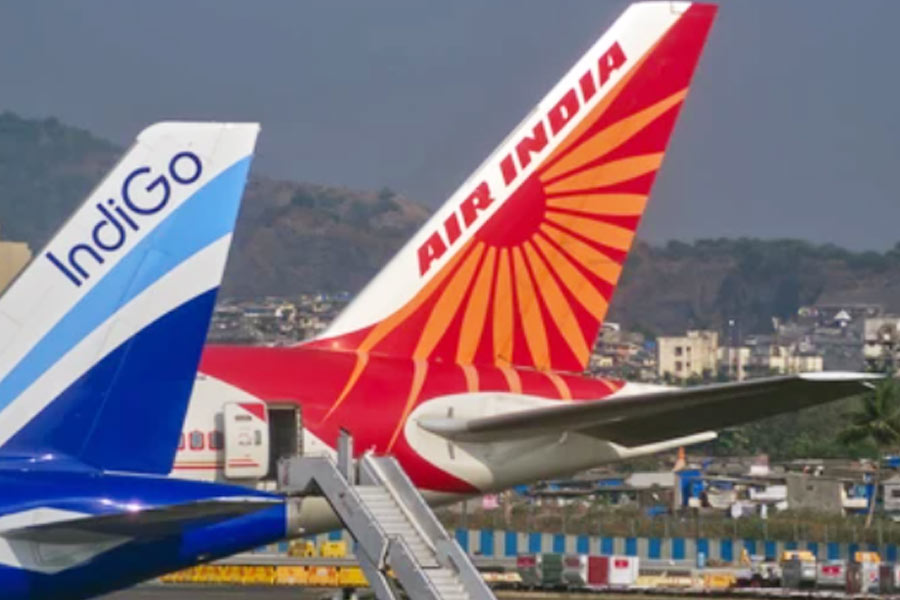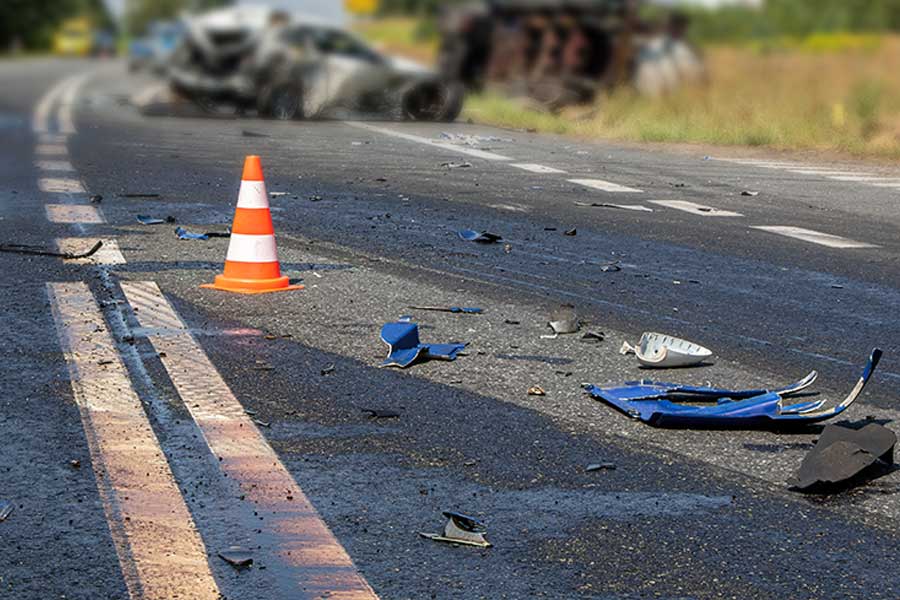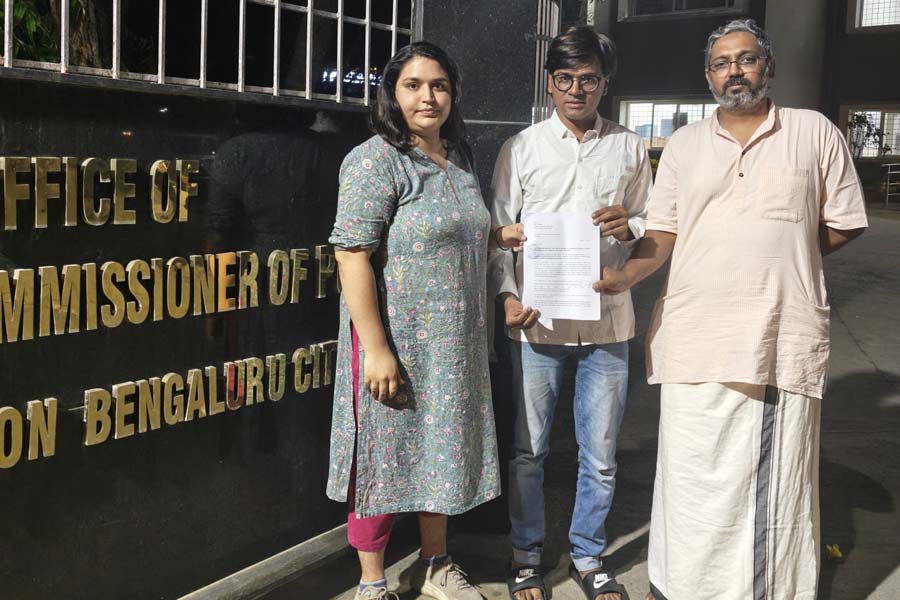 |
 |
 |
| A video image shows an unidentified man clinging to trees while being hit by strong waves on the island of Kho Phi Phin in Thailand. (Reuters) |
Television stations usually have to scramble for footage when disasters strike, sometimes playing the same short clip in an endless loop.
But in the wake of Sunday?s tsunamis, a wide array of vivid home videos depicting walls of water crashing into seaside hotels and people running for their lives in South Asia have dominated coverage in a way not seen with previous disasters.
To be sure, competition for witness footage has been intense between Associated Press Television News, Reuters and other agencies that supply TV stations.
But there?s been a lot to choose from, said broadcasters and journalism experts, because some of the affected areas are prime destinations for holiday travellers, many of whom had camcorders in hand when the waves hit.
Some agencies have gone to airports seeking video from returning vacationers. Amateur shooters have received payments, ranging from a couple of hundred dollars to tens of thousands dollars, though a spokeswoman for CNN said some people had handed over their video for free.
At CBS News, foreign editor Chris Hulme said: ?The amateur video helps to tell the story of this massive, horrendous event. And there is so much of it.?
Still, Hulme and other broadcasters said the images, while dramatic, convey only a portion of the story because they come primarily from tourist hot spots.
Hulme said the glut of amateur video from those regions has allowed his reporters to focus on India, the Indonesian island of Sumatra and other hard-hit areas.
?On any big story, there is competition for footage, but there is less pressure on this one because of the access to video from the agencies,? said Chuck Lustig, foreign news director at ABC News.
The use of home videos of waves swamping people, he said, would decrease as journalists concentrate on the disaster?s aftermath.
Broadcasters? use of amateur video has increased with the prevalence of high-technology camcorders. Payments for the films also have climbed.
A home video of Los Angeles police beating Rodney King in 1991 shocked the country. Cameraman George Holiday sold that footage for $500. Ten years later, shots of two airplanes crashing into the World Trade Center on September 11 went for $8,000; scenes inside the towers fetched about $45,000.
?The demand for pictures has greatly increased because of the 24-hour cable news channels,? said Kent Collins, chairman of the broadcast news department at the Missouri School of Journalism. He speculated that the tsunamis could be the most-videotaped disaster in TV history.
Collins also said the amateur video presents a thorny dilemma. ?Journalists shouldn?t be paying for this stuff, from an ethics standpoint,? he said, ?but you want to show the horror of this disaster.?
CNN spokeswoman Megan Mahoney said the network hadn?t been asked to pay exorbitant prices, with some people donating their videos. ?People are contacting us, and they are being very helpful.?










